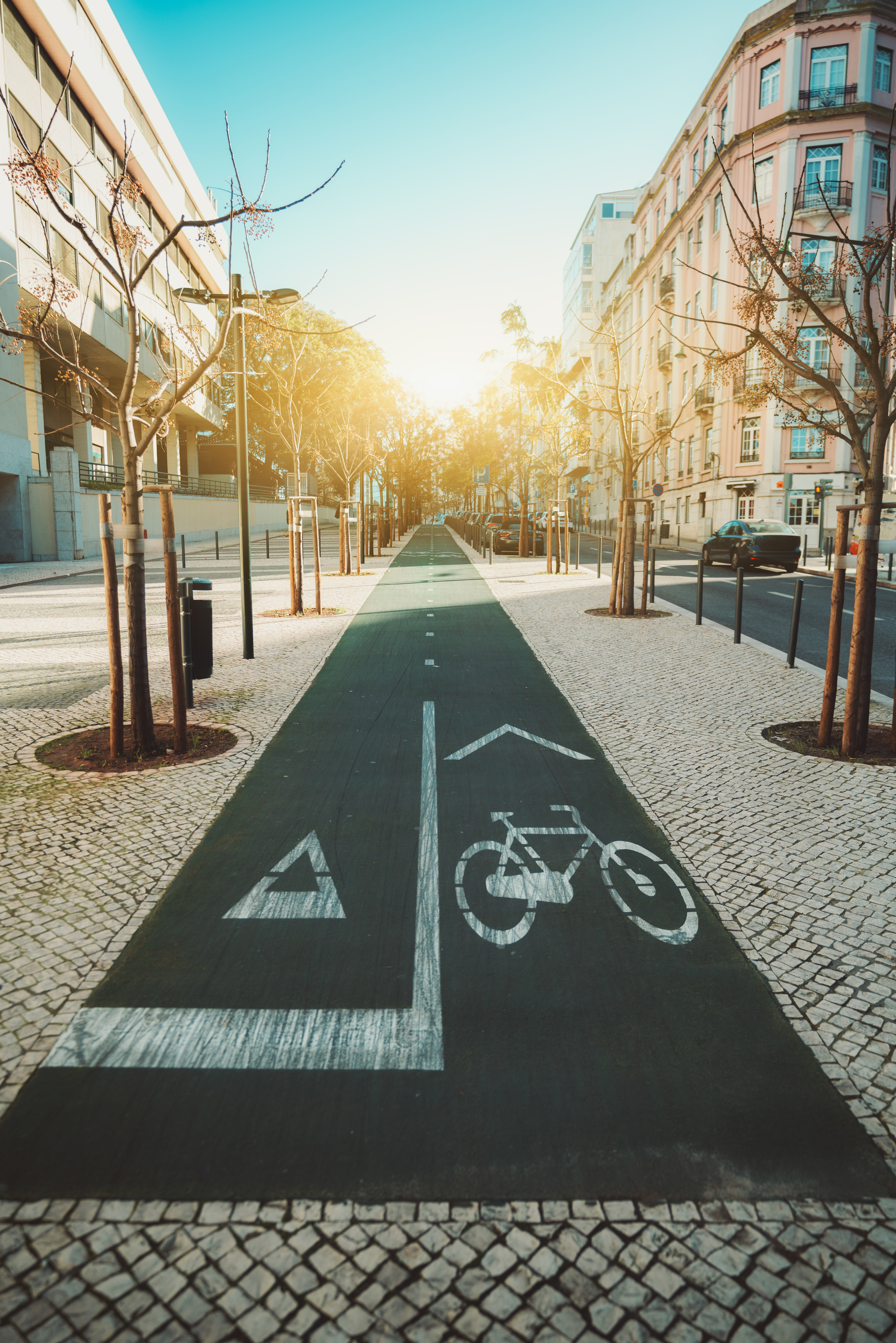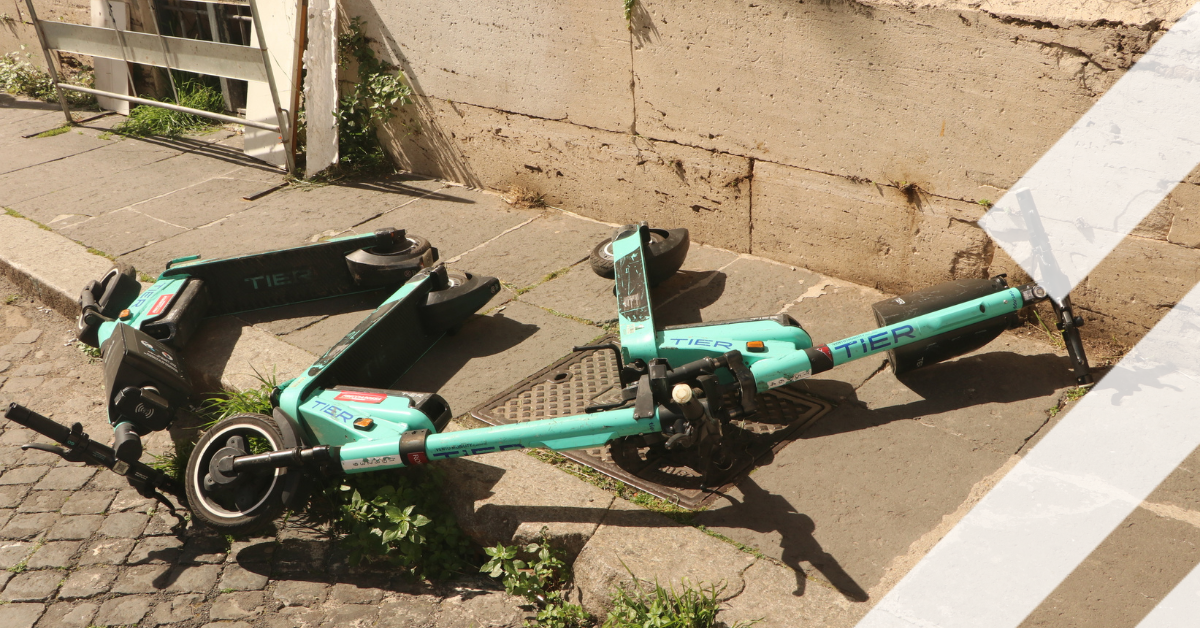Electric bikes and scooters have swept through city streets with a mix of enthusiasm and controversy. Heralded as green alternatives to cars, these nimble vehicles promise less traffic, cleaner air and more accessible mobility. But the story hasn’t been all smooth riding, as highlighted in our recent article on the challenges that micromobility both faces and presents. From cluttered walkways to safety concerns, shared micromobility has faced criticism wherever it’s been introduced.
Still, many cities are recognising that the question isn’t whether shared e-bikes and scooters should exist – but how they can be managed in ways that make them an asset instead of an eyesore. Around the world, urban planners, tech companies and local governments are experimenting with creative solutions that could turn these services from a frustration into a celebrated part of the transport ecosystem. We’ve heard all about the challenges – what about the solutions?
Around the world, urban planners, tech companies and local governments are experimenting with creative solutions that could turn these services from a frustration into a celebrated part of the transport ecosystem
Smarter Parking: Digital Corrals and Incentives
One of the loudest complaints about e-bikes and e-scooters is that they’re often left haphazardly blocking pavements, forcing pedestrians to walk in the street and we’ve all seen e-scooters dumped in parks and rivers. Cities are countering this with “digital corrals” – designated virtual parking spots linked through GPS.
Riders end their trip only when they park within these zones, and apps may reward good behaviour with discounts, loyalty points, or future ride credits. As a prime example, San Francisco is experimenting with painted zones and geo-fencing technology that won’t let riders lock vehicles outside the approved areas.

(Credit: Corners74 / Dreamstime)
Even more inventive is the idea of “dynamic pricing.” Imagine paying a little bit less if you return your scooter to a busier hub, or a little more if you leave it outside the network. This system mimics bike-sharing docks without the physical infrastructure, using financial nudges to encourage responsible use.
Imagine paying a little bit less if you return your scooter to a busier hub, or a little more if you leave it outside the network
Reimagining Street Design for Micromobility
Shared micromobility often feels chaotic because it’s squeezed into infrastructure built primarily for cars and pedestrians. Rather than banning e-scooters from pedestrian walkways or bike lanes, some cities are rethinking street layouts to give them their own, bespoke and legitimate place.

(Credit: Alexei Todosko / Dreamstime)
“Slow lanes,” for instance, are popping up as dedicated zones for scooters and bikes, separate from both pedestrians and cars. In Barcelona, micromobility corridors have been designed to reduce conflicts and accidents, while in New York City, protected bike lanes are expanding rapidly to accommodate the growing demand.
Another idea being piloted is modular “mobility hubs.” These hubs act as docking spaces, charging stations and transfer points between public transport nodes and shared micromobility. Think of them as the 21st-century bus stop where your ride doesn’t just pick you up but charges, updates software and waits neatly out of the way.
In Barcelona, micromobility corridors have been designed to reduce conflicts and accidents, while in New York City, protected bike lanes are expanding rapidly to accommodate the growing demand
Harnessing Data for Safer Streets
Every shared ride produces a stream of data: routes taken, speeds reached, stops made. Cities can use this information not just to regulate companies, but to improve safety.
In Portland, Oregon, city officials analyse scooter GPS data to spot where crashes or sudden stops happen most often, revealing poorly designed intersections or potholes. Instead of blaming riders for accidents, the city can then invest in infrastructure fixes.
Some companies are going a step further, embedding AI into their scooters to detect dangerous riding. For example, scooters that sense pavement use can alert the rider – or autonomously slow down – before conflicts occur. In the near future, we may see scooters that adapt speed limits dynamically based on time of day, density of pedestrians, or even on proximity to schools.

(Credit: Alexei Todosko / Dreamstime)
Equity First: Expanding Access Beyond the City Centre
Critics often argue that shared micromobility mainly serves tourists or affluent young professionals. To counteract this, cities are pushing for ‘equity-centred’ plans.
Los Angeles requires operators to serve low-income neighbourhoods, while Chicago has experimented with reduced pricing for residents who qualify for public benefits. Some cities are introducing ‘unlock-free’ zones, where riders don’t have to pay the standard activation fee, lowering barriers for short and frequent trips.
Los Angeles requires operators to serve low-income neighbourhoods, while Chicago has experimented with reduced pricing for residents who qualify for public benefits
Additionally, partnerships with employers, schools and community groups can ensure that e-bikes and e-scooters meet actual mobility needs, not just leisure rides. When paired with public transport, micromobility can fill gaps in “last-mile” travel, making commutes easier for people who might otherwise rely on cars.
Tackling Safety with Creative Education Campaigns
Helmet laws and safety campaigns are nothing new, but cities are realising that they need more imaginative approaches to resonate with riders. Some companies have partnered with influencers or gamified safety, offering rewards for watching instructional videos or participating in virtual road safety challenges.
In some cities scooter operators distributed free helmets that could be unlocked with the same app as the scooter, removing one excuse for not wearing one. Meanwhile, in Helsinki, an art-driven campaign painted colourful “safe ride zones” directly onto pedestrian walkways to guide scooter riders toward correct routes.
In Helsinki, an art-driven campaign painted colourful “safe ride zones” directly onto pedestrian walkways to guide scooter riders toward correct routes
Integrating with Public Transport for Seamless Journeys
The most successful shared micromobility systems won’t stand alone – they’ll be part of a broader ecosystem. Forward-thinking cities are already exploring integrated fare systems where a single transport card or app covers your bus, subway and e-scooter trip.
In Vienna, residents can plan entire journeys through one platform, WienMobil, seamlessly transferring between tram, train and e-scooter. Singapore is testing similar integration, with real-time updates showing when a scooter ride will best connect with the arrival of a bus.
This approach reframes micromobility not as a competitor to public transport but as its ally, making urban mobility more flexible and resilient.
Green Power meets Circular Design
Environmental sustainability was one of the original USPs of shared micromobility, but early models rather backfired: scooters were often scrapped after just a few months of use. To address this, cities and companies are turning to circular design principles.

(Credit: Maurice Schuckart / Dreamstime)
Next-generation scooters feature swappable batteries, reducing downtime and waste. Charging depots run on renewable energy, while retired vehicles are recycled for parts. Some cities are even linking micromobility fleets with broader clean-energy policies, encouraging companies to power their operations with local solar or wind resources.
Some cities are even linking micromobility fleets with broader clean-energy policies, encouraging companies to power their operations with local solar or wind resources
The Road Ahead
Shared e-bikes and scooters are here to stay, but whether they become beloved or begrudged depends on how cities shape the next phase of implementation. From smarter parking and data-driven safety to equity programmes and green innovation, the potential solutions are as diverse as the challenges.
What’s clear is that the future of micromobility can’t be built by companies alone. It requires cities to take bold, creative steps and by embracing innovation instead of restrictions, municipalities can transform the narrative from “nuisance” to “necessity.”
The pavement clutter, safety concerns and access issues that dominate headlines today may soon feel like growing pains on the path to a new urban reality: streets designed for people, not just for cars.

.png?h=600&iar=0&w=1200)




